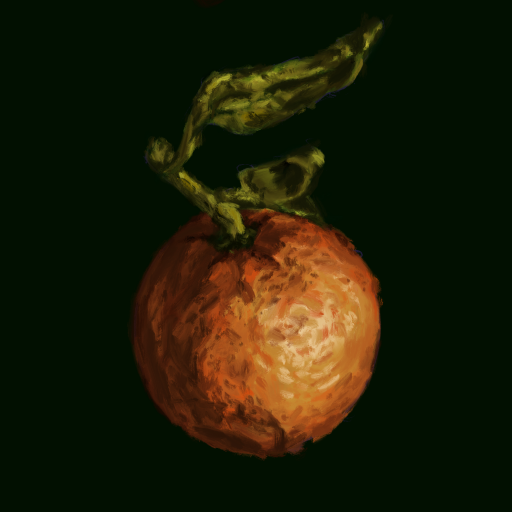Working on Reframing Mental Health right after PlayLab felt like a good transition because I could apply the divergent creative thinking we practiced and be over the top with my ideas.
I was also looking forward to working in groups since that was not a focus during my bachelor’s degree. However, conflicting thoughts often become a big obstacle when working collaboratively, as was what happened with me. During the first class of Rotation A, when we were ideating on concepts for the mental health problems we had chosen, we found it difficult to balance between impractical and sensible ideas. My over the top ideas were often met with tough feedback. I have come to see that it is important to hear criticisms as the concepts we come up with need to survive in the real world and unless we hear genuine opinions about them we cannot design what will truly make an impact.
At the end of the rotation, I had fun exploring new ways of generating ideas and making sure that the ideas I come up with are innovative while serving the purpose I set out with. Though, I still have difficulties defining exactly what our ideas were supposed to be like – maybe they were to be novel and could be impractical? Or maybe they were to be whacky while being derived from lateral thinking? Or maybe they were to be desirable but new and practical on some level? I am not sure. The way that I approached my ideas was by taking Paul’s advice of coming up with scenarios where my mental health problem would come into play. I made my fish bone map around such scenarios. It gave me a list of assumptions which I could then generate ideas from.
I realised from the crits that ideation, execution, and presentation are all equally important. I had focused more on developing my ideas than the ways in which I presented them. This led to my ideas being misinterpreted. For example, for one of my concepts, I used a picture of a pear and put it on a sketch of a plate. Alongside the pear were pancakes and a pizza. The picture of the pear that I had picked was not as appealing as the other food items and therefore I received feedback that someone might feel bad if they had to eat it. My concept itself was that anyone could eat the food they preferred without any packaging that sets it apart. Having all the foods that I had selected look similar in quality could have avoided the confusion.
Therefore, using less but impactful words and images that communicate thoughts concisely is as important as design itself.
